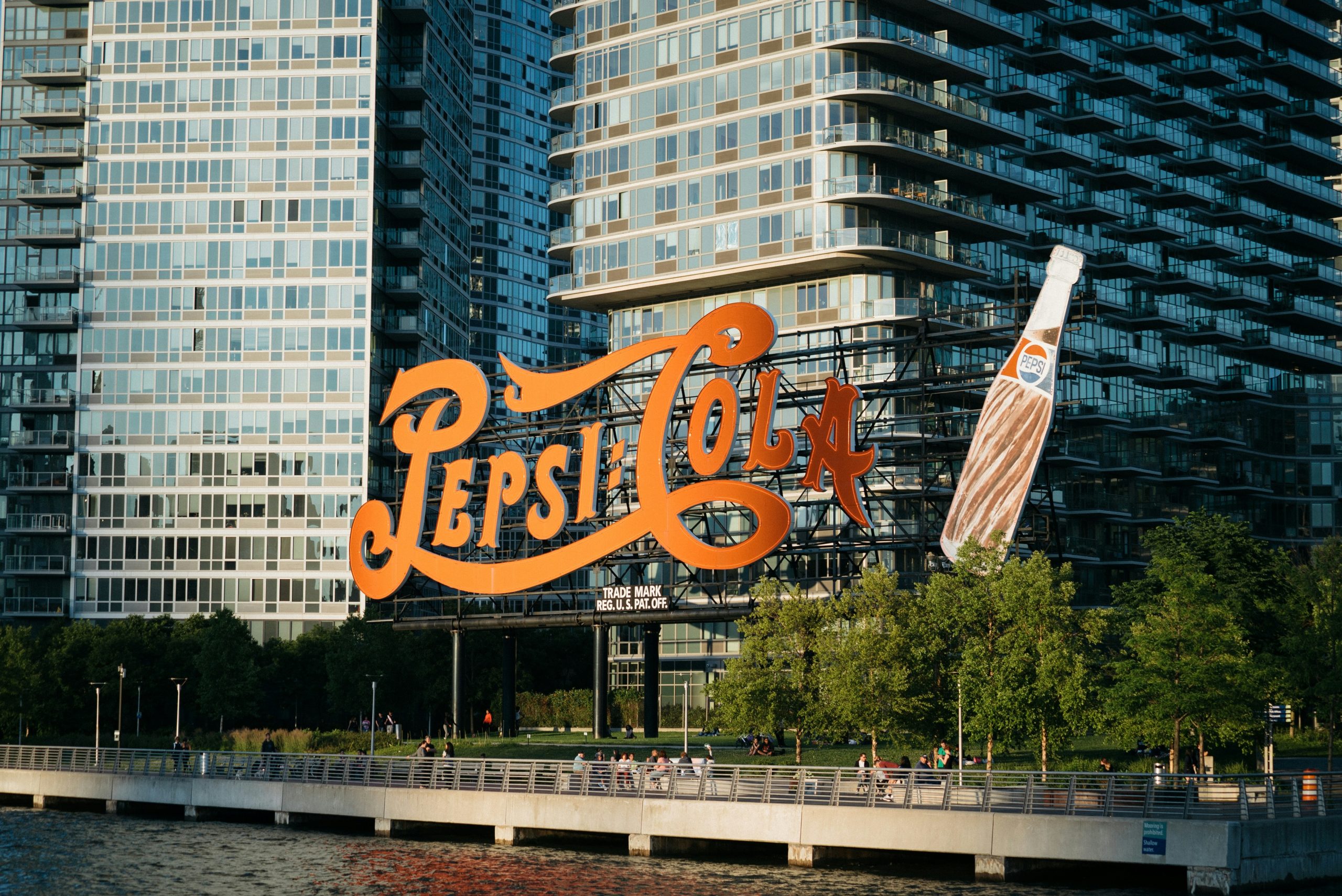Have you ever found yourself slightly disappointed that a restaurant only serves Pepsi products? Think back to the last time you requested a nice, refreshing Coca-Cola and the waiter responded with three of the most disheartening words ever:
“Is Pepsi OK?”
Did you cringe as much as I do? In various poles, Coke ranks higher than Pepsi in terms of favorability, so it’s safe to say many of us have experienced this dilemma. In fact, this problem has reached the ears of Pepsi itself.
For Super Bowl LIII, Pepsi released a television commercial that flipped this negative perception around. In the ad, a waiter asks a patron if Pepsi is OK with their meal. Actor Steve Carell whips around from his booth and emphasizes that Pepsi is more than OK, comparing that question to asking if puppies and shooting stars are just “OK”.
This ad is one of the best examples of listening and responding to your audience. For years, Pepsi has had to fight the attitude that its product is an inferior copy of Coca-Cola’s. While blind taste tests may suggest that Pepsi tastes better than Coke to a number of people, Pepsi can’t surpass Coke by taste alone. Pepsi has always been in the unenviable position of challenging the product with the majority market share, and it is unlikely that it will ever overtake Coke. Knowing this, they challenged the notion that since they are smaller than Coke, they are a subpar replacement to Coke.
If you would like an example of what can happen when an ad campaign doesn’t listen to its audience, check out this blog by Celeste Russell.
Pepsi took a multi-pronged approach to its campaign, with it all being spearheaded by this Super Bowl commercial. In addition to the ad, they implemented the hashtag #MoreThanOK and used traditional marketing tools such as billboards and promotional tie-ins. The campaign appeared to be successful, as Pepsi trended on social media and received a 4% increase in sales over the following weeks.
So, how can you implement this into your own marketing strategies? Start by taking stock of brand perception. A SWOT analysis is a fantastic way to find what can improved on in your organization. Once you’ve determined the weaknesses in your brand, it’s time to play spin doctor. It’s important to not become deceptive when shaping a story. Don’t create lies or mistruths in order to fit a different narrative. A better approach would be to have unrelenting optimism. Looking back at this ad, Pepsi didn’t lie by saying people like their product more than Coke. Instead, they asked, “Why choose Pepsi? Because why wouldn’t you choose something as wonderful as puppies and shooting stars?”
By learning how to flip a negative perception on itself, you can assure your audience that you’ve heard the negative buzz and you are here to challenge that. Being self-aware enough to put your weaknesses in the spotlight and show how they are just strengths in hiding is a great way to create a strong, positive link to your brand.
 Author: Ben Rosenstiel
Author: Ben Rosenstiel
Ben joined the NISM team as a Social Media Strategist Intern in June of 2024. He graduated from Northern Kentucky University with a Bachelor of Arts in Electronic Media & Broadcasting in 2022 and with a Master of Business Administration in 2023. Ben enjoys making content as a Social Media Associate for the Kenton County Public Library. In his free time, he enjoys playing live music in the Cincinnati area, writing music with his band, and spending time with his amazing girlfriend either reading or watching TV (usually Vampire Diaries).


0 Comments